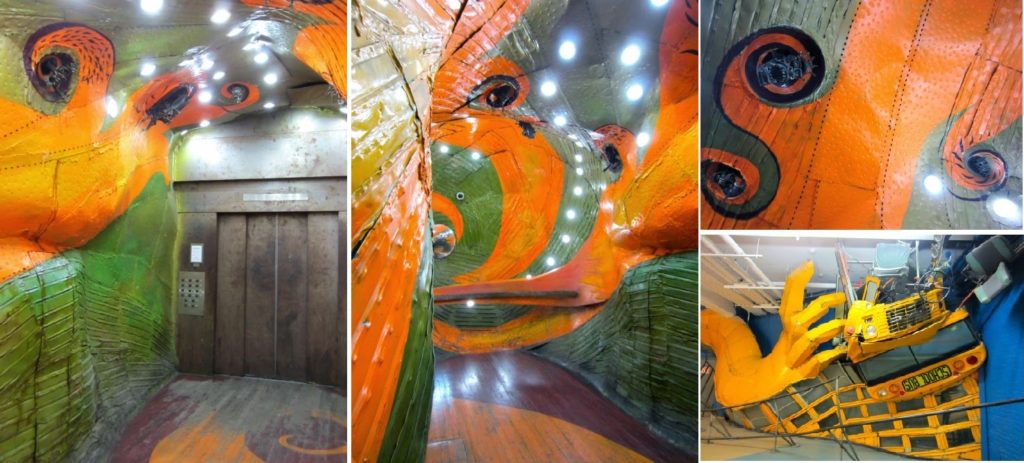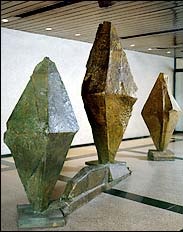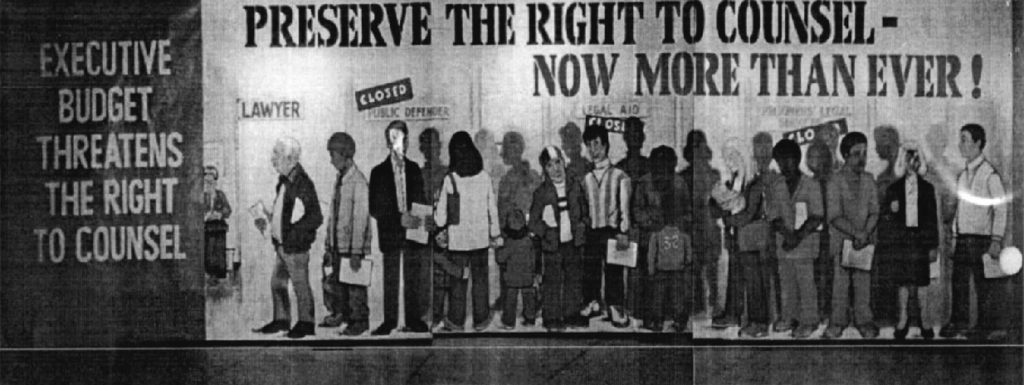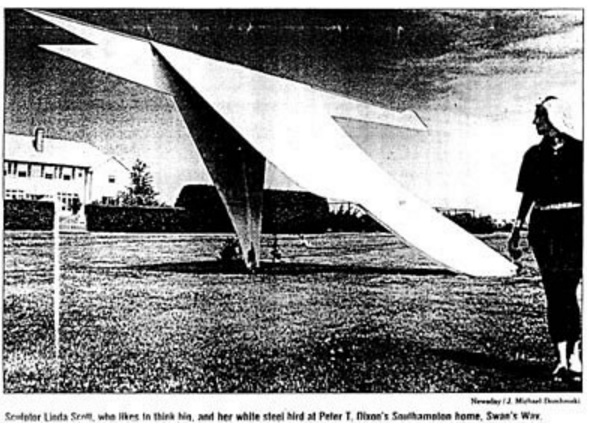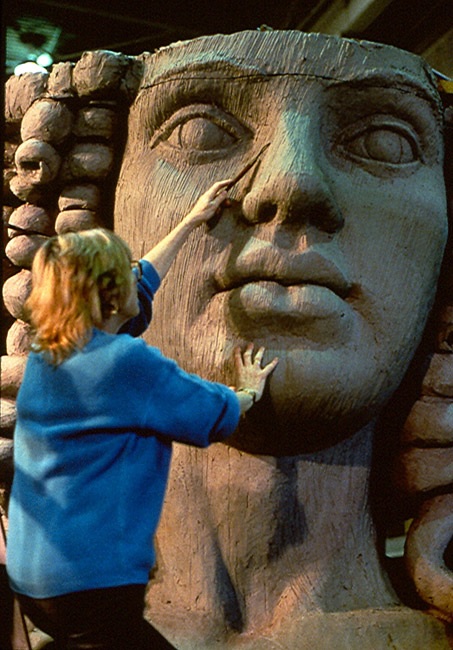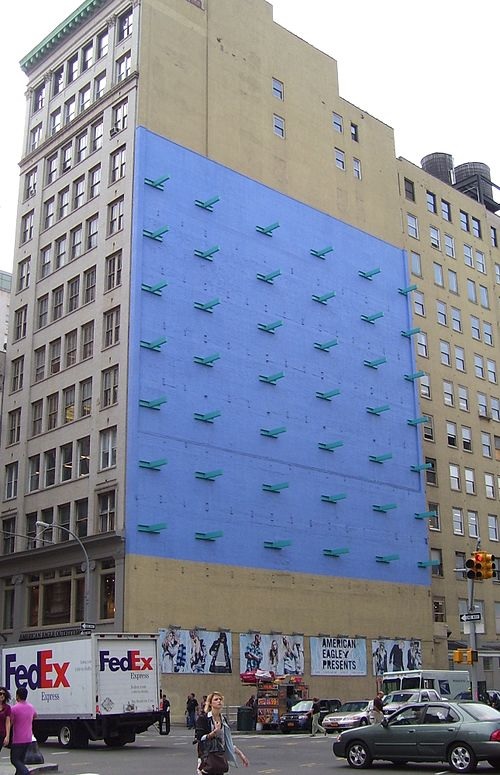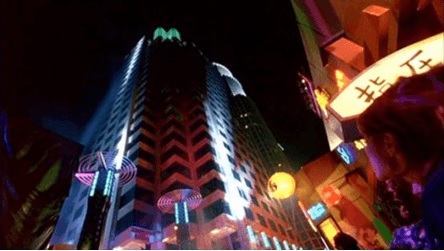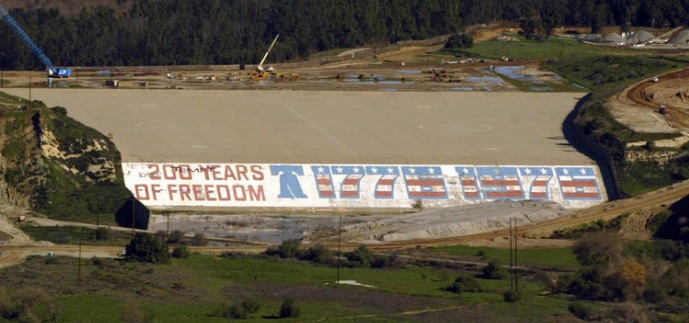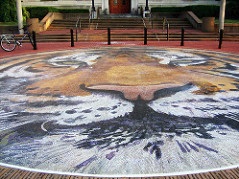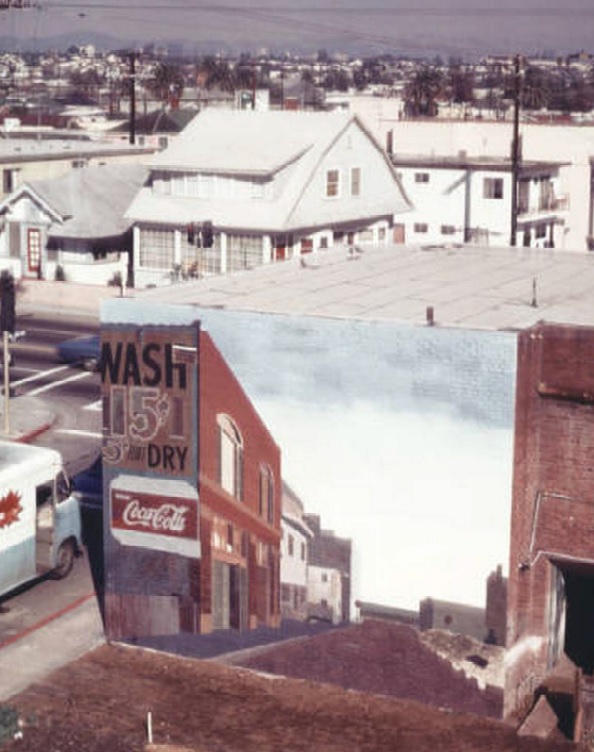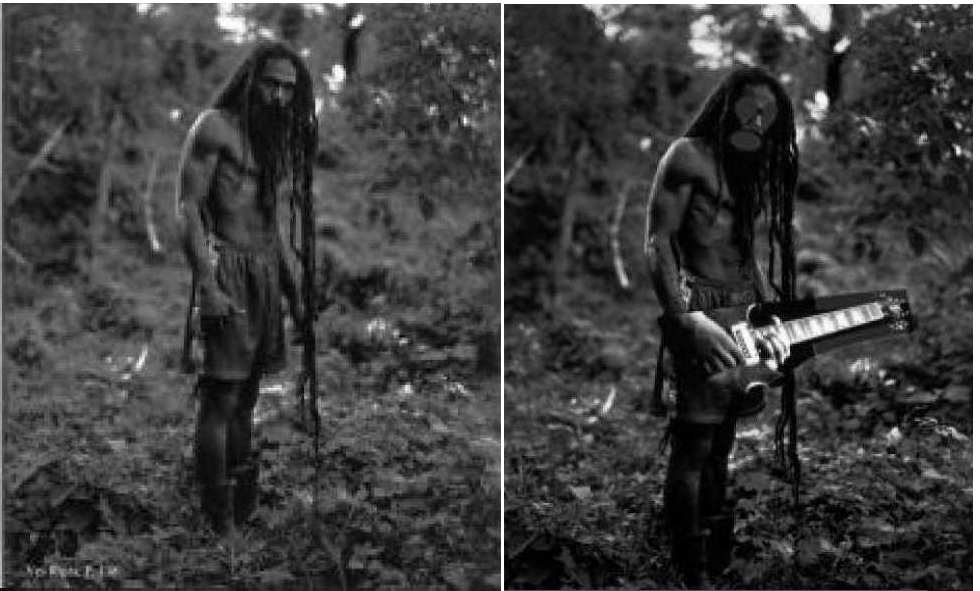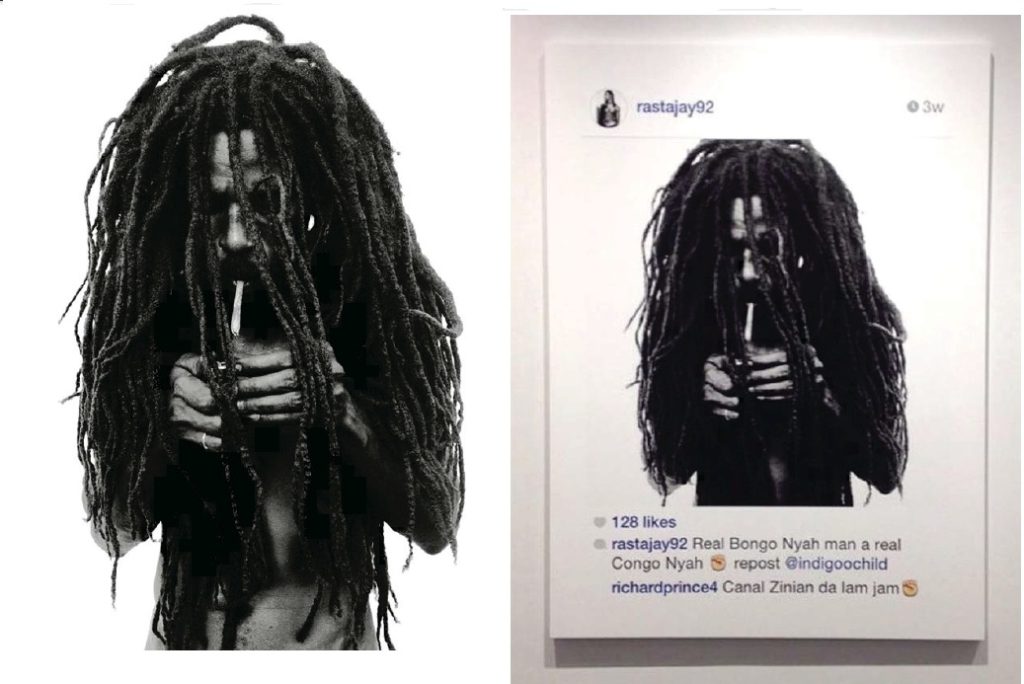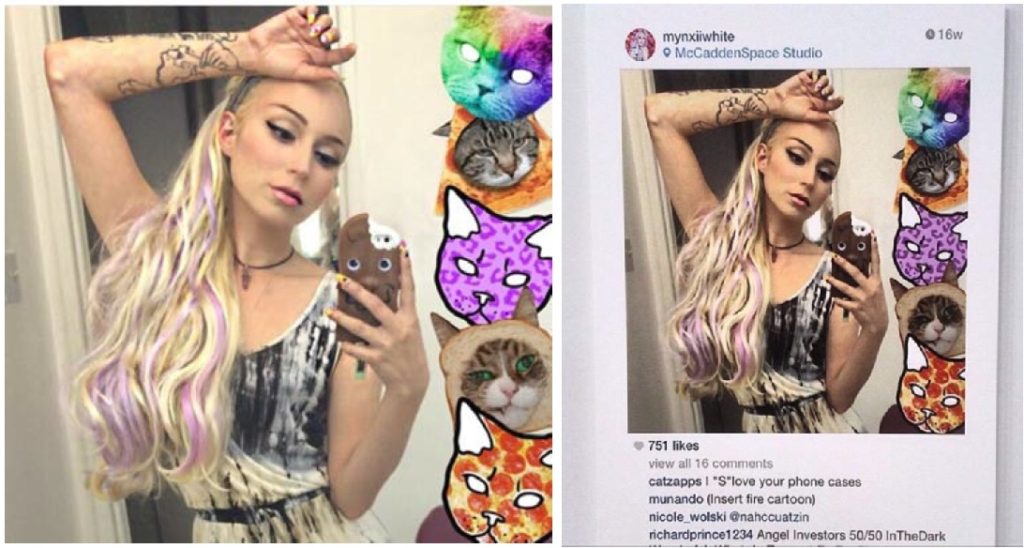Unhappy with the valuation determination by Zillow’s Zestimates a builder and related parties have initiated a class action suit against Zillow Inc. and Zillow Group, for class action complaint for (a) violation of the Illinois Real Estate Appraiser’s Licensing Act, (b) the tort of invasion of seclusion; (c) violation of the Uniform Deceptive Trade Business Practices Act and (d) for violation of the Illinois Consumer Fraud and Deceptive Business Practices Act.
The plaintiffs don’t like Zillow sharing its opion on the value of their properties, and want the courts to stop Zillow from sharing that opinion. Plaintiffs allege that Zillow is somehow invading their “seclusion,” but of course planitiffs don’t have to look at the Zestimates.
Zillow is not publishing private facts about plaintiffs, but rather Zillow’s opinion, based upon public information. Does anyone have the right to stop another from forming an opinion, or expressing that opinion? In the 1-5 star, thumbs up/thumbs down, swipe left/swipe right world in which we live, opinions are constantly being formed and expressed, a person is entitled to secure in personal facts from prying eyes, but a Zestimate is not a personal fact of the property owner, it is a third party opinion the property owner does not own or control.
Plaintiff sets forth is claim as follows:
29. Notwithstanding the above standards and laws, Zillow nevertheless unilaterally and willfully opted to disregard Plaintiffs’ and the Class’ right to seclusion by publicly disseminating appraisal/financial opinions relative to real property for the general public for review.
30. Here, at all times relevant, Illinois has recognized the tort of invasion of seclusion. Specifically, Illinois prohibits “[o]ne who intentionally intrudes, physically or otherwise, upon the solitude or seclusion of another or his private affairs or concerns, is subject to liability to the other for invasion of his privacy, if the intrusion would be highly offensive to a reasonable person.” Restatement (Second) of Torts § 652B (1977). Moreover, comment b to section 652B of the Restatement provides, in pertinent part: “b. The invasion may be * * * by some other form of investigation or examination into his private concerns, as by opening his private and personal mail, searching his safe or his wallet, examining his private bank account, or compelling him by a forged court order to permit an inspection of his personal documents. The intrusion itself makes the defendant subject to liability, even though there is no publication or other use of any kind of the * * * information outlined.” Restatement (Second) of Torts § 652B cmt. b, at 378–79 (1977).
31. Zillow violated the Plaintiffs’ and the Class’ right to seclusion by: (a) intentionally gathering financial information relative to their real estate asset’s value without the express and advance consent of Plaintiffs and the Class; (b) by intentionally compiling that information so as to create a computer valuation tool (i.e. the “Zestimate”) in an effort to provide appraisal valuations relative to Plaintiffs’ and the Class’ property without the express and advance consent of Plaintiffs and the Class; (c) by intentionally and publicly disseminating the financial/appraisal information generated by the “Zestimate” tool relative to Plaintiffs’ and the Class’ real property on the internet for third parties to see without giving Plaintiffs and the Class the right to advance notice; and (d) by refusing to allow Plaintiffs and the Class the right to opt out of the public dissemination of the listing of their property and/or their financial/appraisal conclusions relative to same.
32. Because Zillow has improperly invaded the seclusion of Plaintiffs and the Class and shows no sign of ceasing their conduct, injunctive relief is necessary and proper.
33. Moreover, Zillow’s improper invasion of seclusion also creates an actual damages claim by Plaintiffs and the Class. For example, the improper “Zestimate” tool and its invasion on the seclusion of Plaintiffs’ and the Class’ appraisal/financial information has proximately caused the following injury: (a) a low “Zestimate” driving away potential buyers; (b) a low “Zestimate” causing buyers to harass sellers with the admittedly incorrect information that not be published; (c) a low “Zestimate” adding unnecessary expense relative to the sales process, including but not limited to paying bills/mortgages/taxes relative to the real property due to the increased time taken to sell the property; (d) in some cases, a low “Zestimate” forcing many sellers to hire brokers because of the confusion created by Zillow (therein adding additional and otherwise unnecessary expense to the sale of the property); and (e) in some cases, a low “Zestimate” causing property owners to withdraw their selling for sale altogether due to their inability to sell the property.
34. Further, upon information and belief, Zillow has publicly admitted that the “Zestimate” tool is flawed and confusing. Likewise, upon information and belief, Zillow has never taken the position that its valuation techniques have any similarity and/or foundation to the nationally recognized USPAP quality valuation standards.
35. Indeed, upon information and belief, Zillow has bragged that the confusion created via their admittedly flawed “Zestimate” tool creates marketing opportunities for “premier agents” of Zillow, i.e. real estate brokers who pay Zillow for seller leads. Specifically, Spencer Rascoof (the CEO of Zillow Group) has publically bragged on Twitter that the “Questions about the Zestimate are an opportunity [for real estate brokers who pay Zillow for seller leads] to get the appointment.” A copy of the “tweet” is attached hereto as Exhibit 7 and is incorporated herein by reference. In other words, Zillow has affirmatively and publicly embraced the fact that the confusing and inaccurate “Zestimate” tool is nothing more than an improper marketing ploy for Zillow’s premier agents to use in further invading the Plaintiffs’ and the Class’ right to seclusion.
36. Upon information and belief, Zillow does not allow any mechanism for Plaintiffs and/or the Class to cure and/or demand removal of their listing and/or the “Zestimate”. Rather, Plaintiffs and the Class are directed to go on a “wild goose chase” by sending e-mails to an unresponsive and unqualified employee wherein the “Zestimate” rarely (if ever) is removed and/or cured by Zillow. Upon information and belief, Zillow’s refusal to resolve the confusion created by the “Zestimate” is purposeful in that Zillow has come to realize that their refusal to cure the “Zestimate” problem that they created will pressure the Plaintiffs and the Class to retain one of Zillow’s “premier” real estate brokers to resolve valuation issues and help them market the property.
37. For example, Zillow has publicly admitted that their “premier” real estate broker should therein use the flawed “Zestimate” as a way to establish a client/broker relationship with the confused Plaintiffs and Class: “anytime that someone [a property owner]… contacts you [the real broker relative to the “Zestimate”]….you have a live person on the other end of the phone that is interested in real estate….that’s not just a lead, that’s a smoking hot lead…and that’s where explaining how the “Zestimate” is calculated and what its strength and weaknesses are helps prove that value add [by you the real estate broker] to your client [the property owner]. I’ve had people come up to me at conferences basically saying ‘Please don’t make this “Zestimate” any more accurate. I love it– because its an angle—it’s a way to start and establish a conversation, build that trust…’ all of those kinda fundamental steps you need to make and take when you first have a contact that you’re hopefully ultimately convert into a client.” (Source YouTube: “Zillow Myth: The Zestimate Makes My Job Difficult”: https://www.youtube.com/watch?list=PLuETP0dUuSkddPEb5uMh_uwvchL5P4do6¶ms=OAFIAVgX&v=kaNxLGB0ePE&mode=NORMAL&app=desktop) In sum, Zillow has publicly and effectively admitted that the “Zestimate” is a deceptive marketing ploy that Zillow’s real estate brokers can use to secure sell-side brokerage contracts with residential real property owners.
38. In other words, Zillow has publicly admitted that not only was their invasion upon Plaintiffs’ and the Class’ seclusion intentional, but that their “Zestimate” tool should be used to prey upon the Plaintiffs and the Class so as to force them to retain real estate brokers. As such, Plaintiffs and the Class request punitive damages in addition to the above forms of relief.


